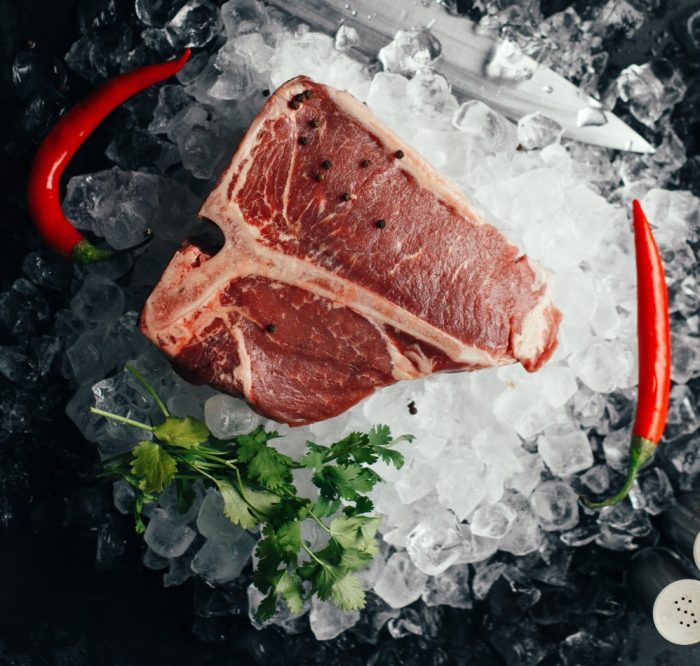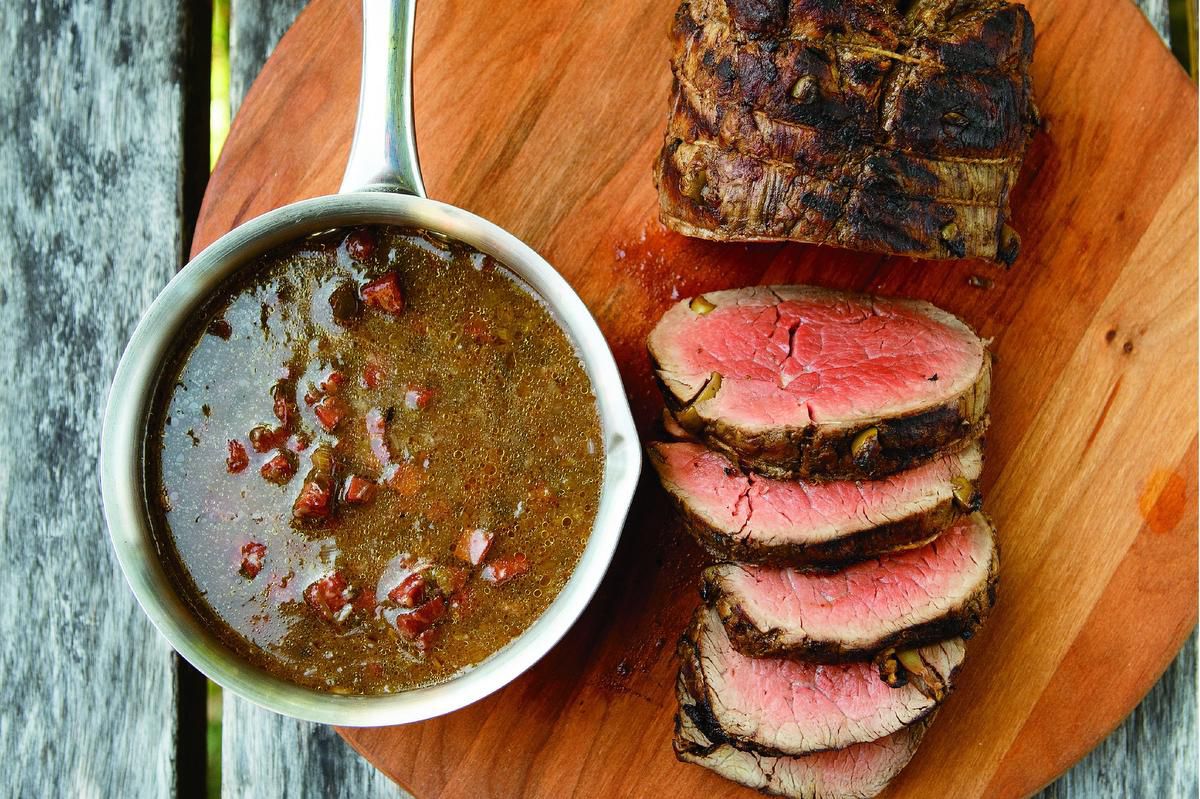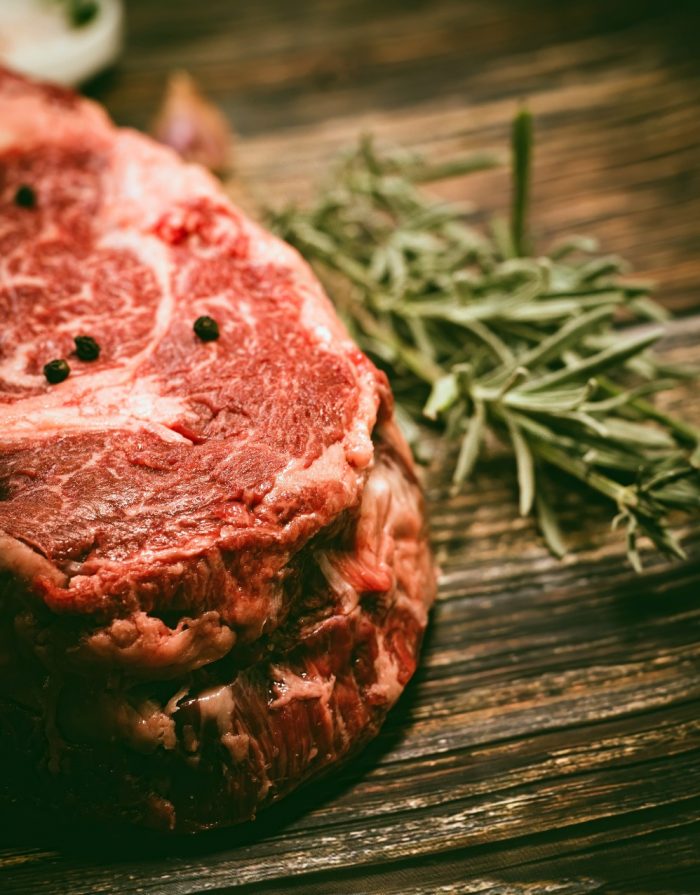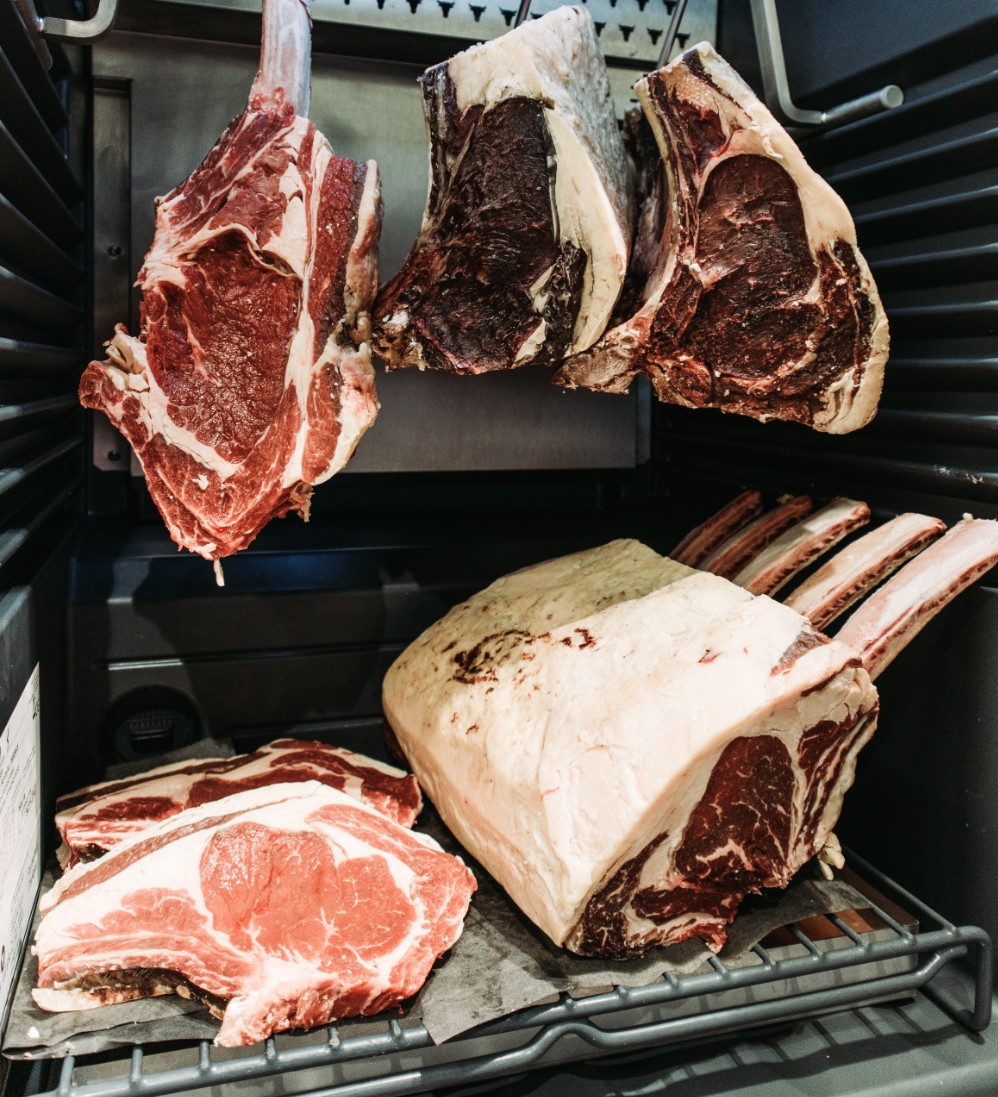Steak is a very well-loved dish in most countries. It’s hearty and filling, and you can have it grilled to your liking. Not to mention that it pairs nicely with some wine. Another plus is that there are so many types of steak, so you always have something new to try if you get bored with your usual order. It’s no surprise that steak is so popular both as a restaurant dish and an at-home dinner. But for people new to eating steak, it can be quite intimidating to have so many options in front of you, and no idea where to begin. That’s why we’ve put together this handy list that will help you understand the differences between the most common types of steak. We’ll be looking at wet aged vs. dry aged, as well as various cuts.
Wet aged
If you’re not familiar with steak, it may come as a surprise to you that the difference between steaks isn’t just in the cut, but also whether they are or dry aged. So, what is exactly is wet aged steak? Wet aging is a method of aging that is quite recent since it uses plastic. Basically, wet aging refers to the process of vacuum sealing the beef in plastic before transporting it. The aging then takes place during transportation, so aging times vary. Wet aging helps prevent moisture loss, leaving the steak tender and moist.
Dry aged
While wet aged steak has gained popularity over the years, dry aged steak still has its benefits. Dry aging is the process of leaving the steak in an open-air environment to age and bring out flavor. Doing this helps break down enzymes within the steak, leaving it much more tender. In summary, both dry aged and wet aged steaks have their benefits, and it really depends on what experience you want to get from your steak.
T-bone

Have you ever been to a restaurant and suddenly a waiter walks by, carrying a steak that looks so big that you can’t imagine anyone ever finishing it? Well, it was likely a T-bone steak. Seriously, those things are massive. The name comes from the bone that can be found within the steak – it’s shaped like a T. T-bones are often confused with porterhouse steaks, since both include the T-shaped bone and are cut from the short loin. However, porterhouse cuts are cut form the back of the short loin and thus contain more tenderloin than T-bones.
Tenderloin

Speaking of tenderloin . . . It’s no surprise that this is known for being the most tender cut of steak (as the name would suggest). Tenderloins also goo by the name “filet”, and it is here where the popular filet mignon comes from. The filet mignon is a small part of the tenderloin that is known for being the softest, most tender piece of beef. But even if you can’t have filet mignon, tenderloin is your best bet if you want tender steak. If you want to try your hand at it, give this beef tenderloin with garlic butter a shot.
Rib eye

Rib eye is another contender if you’re looking for a succulent cut of steak. The reason for this is that it contains more fat than other cuts, leaving it soft and juicy. Rib eye is a popular cut of steak because it has the best of both worlds: it’s tender but still has great flavor. Naturally, this piece of steak originates from the rib area. Rib eye is quite pricey, so you can opt for something similar but cheaper, like a chuck eye, which is listed as one of the top five most affordable steaks.
Sirloin

If you’re looking for flavorful steak, look no further than sirloin. The sirloin itself is divided into various smaller cuts, and the top cut is the best of the best. Sirloins tend to be really thick cuts of steak, making them ideal for grilling or pan-frying, as they won’t dry out as quickly. This cut isn’t as tender as many other types of steak, but it’s still a firm favorite for many.
Which cut of steak is right for you?
Ultimately, there is no “perfect steak”. Everyone’s tastes differ. Besides, it depends on a lot of other factors, like how the steak is cooked, and whether it is marinated or not. Your best bet would be sampling different types of steaks until you find one that you like. Once you’ve found your perfect piece of steak, work on your cooking skills until you can get it cooked or grilled to your taste.




